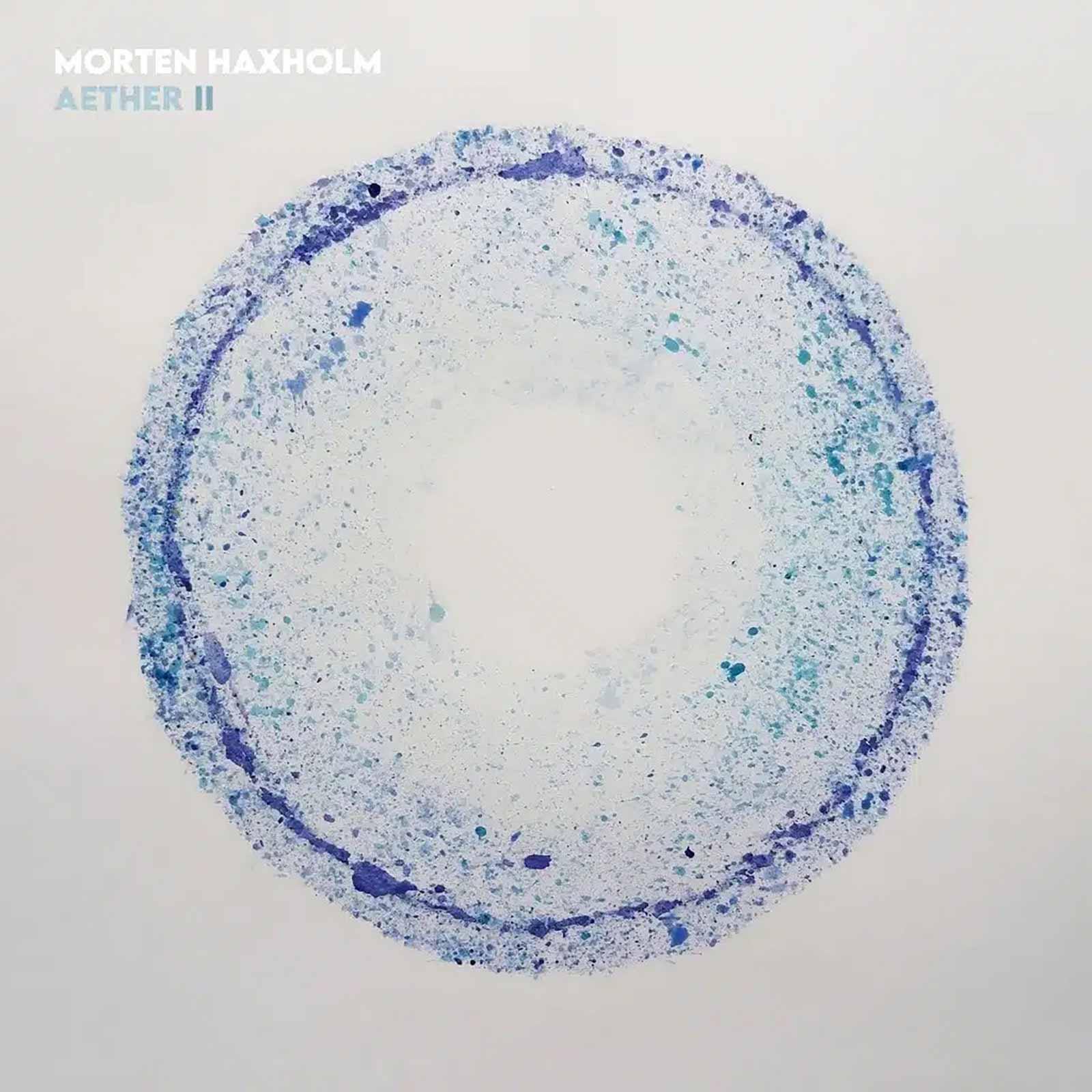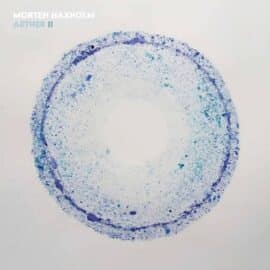| Jazz |

A Return to Roots: Danish Bassist Morten Haxholm Explores Memory, Landscape, and Identity Through a Meditative Jazz-Folk Lens
After spending more than a decade embedded in New York’s thriving jazz scene, Danish bassist and composer Morten Haxholm returns to Europe, and to himself, with his latest release: an introspective, richly textured album that fuses his jazz sensibilities with the pastoral tones of his homeland’s folk tradition. Having released seven previous albums and worked with some of the most exciting names in contemporary jazz, Haxholm now turns his focus inward, crafting a sonic narrative that is both deeply personal and profoundly universal.
From the album’s opening moments, the listener is transported, not just to Denmark, but to a dreamlike vision of it. There’s a sense of wandering through sun-dappled meadows on a quiet Sunday afternoon, the air still and fragrant with summer. Or perhaps, as the melodies begin to shimmer and warp ever so slightly, we are witnessing a mirage, something elusive and just out of reach,a musical echo of memory itself.
Haxholm acknowledges this duality. “The AETHER albums revolve around the idea of the ballad,” he explains. “But this time, I wanted to push that peacefulness further, to stretch it dynamically, to inject more density, and to let subtle electronics enhance the acoustic world.” It’s this balance, between the organic and the abstract, the serene and the uncanny, that defines the album’s identity. There’s a sense that the solitary walker, once grounded in physical space, has now slipped into a more introspective terrain, where memories and sensations swirl together in a contemplative haze.
Each composition on the album is rooted in a specific personal story, a tribute to the people, places, and moments that have shaped Haxholm’s life. The gently swaying Magnolia recalls childhood afternoons spent in his grandparents’ garden, a musical lull where time seems to stretch and dissolve. Coda, by contrast, blends field recordings from the forest where his brother now lives with hand-played electronic percussion, an homage to his brother’s own experimental musical practice. Silveon, named after a beloved toy of Haxholm’s eldest daughter, unfolds around a bright, singable melody, radiating the playful innocence and boundless energy of early childhood.
The album closes with Incarnadine, a meditative hymn that slowly evolves into a ritualistic chant. It is the culmination of a journey, musical and emotional, that invites reflection on transformation, memory, and release. It feels less like an ending and more like a surrender to the passage of time, the gentle yielding to forces larger than oneself.
Yet for all its specificity, AETHER resonates on a collective level. These are stories and sensations that echo through all of us, sunlit gardens, dense forests, the voices of children, the texture of shared history. The album functions like a memory map, or a sonic family album, tenderly developed with help from those closest to the composer. Notably, Haxholm’s daughters contributed the album’s artwork, a visual representation of the unbreakable familial bonds that underpin the music itself.
Jazz has long served as a vehicle for self-expression, a language as suited to intimate confession as it is to virtuosic display. In Haxholm’s hands, it becomes a mirror to identity, not just his own, but the collective identity shaped by ancestry, landscape, and lived experience. There is a contemplative dimension to his music, an introspective patience that rewards careful listening and invites emotional openness.
If his name is unfamiliar to you, let it be known that Haxholm has long been a quiet force in international jazz circles. His collaborators include Lionel Loueke, Emma Rawicz, Melissa Aldana, Lage Lund, Gilad Hekselman, Seamus Blake, Dick Oatts, John Escreet, Jonathan Kreisberg, and Ari Hoenig, to name a few. With each of these artists, he has explored the vast terrain of modern jazz, its harmonies, its dissonances, its possibilities.
But with this latest album, Haxholm steps into his own light, not as a sideman, but as a storyteller. AETHER II is not just a jazz album. It’s a meditation, a love letter to memory, and a gentle invitation to pause, reflect, and remember. In a world too often driven by noise and speed, this is music for quiet afternoons, shared moments, and the simple act of being present.
It is, in every sense, an album for dreaming.
Thierry De Clemensat
Member at Jazz Journalists Association
USA correspondent for Paris-Move and ABS magazine
Editor in chief – Bayou Blue Radio, Bayou Blue News
PARIS-MOVE, June 1st 2025
Follow PARIS-MOVE on X
::::::::::::::::::::::::
Musicians :
Lubos Soukup | Saxophone & Clarinet
Rasmus Oppenhagen Krogh | Guitar
Nikolaj Hess | Piano & Rhodes
Jakob Høyer | Drums
Morten Haxholm | Double Bass & Bass Guitar
Tomasz Dabrowski | Trumpet
Casper Hesselager | Wurlitzer, Audio Processing, Modular Synth
Tracklist :
Abstract (intro)
Silveon
Untethered
Coda
Magnolia
Siren Song
Winterkeeper
Elegy
Shimmers
Incarnadine

